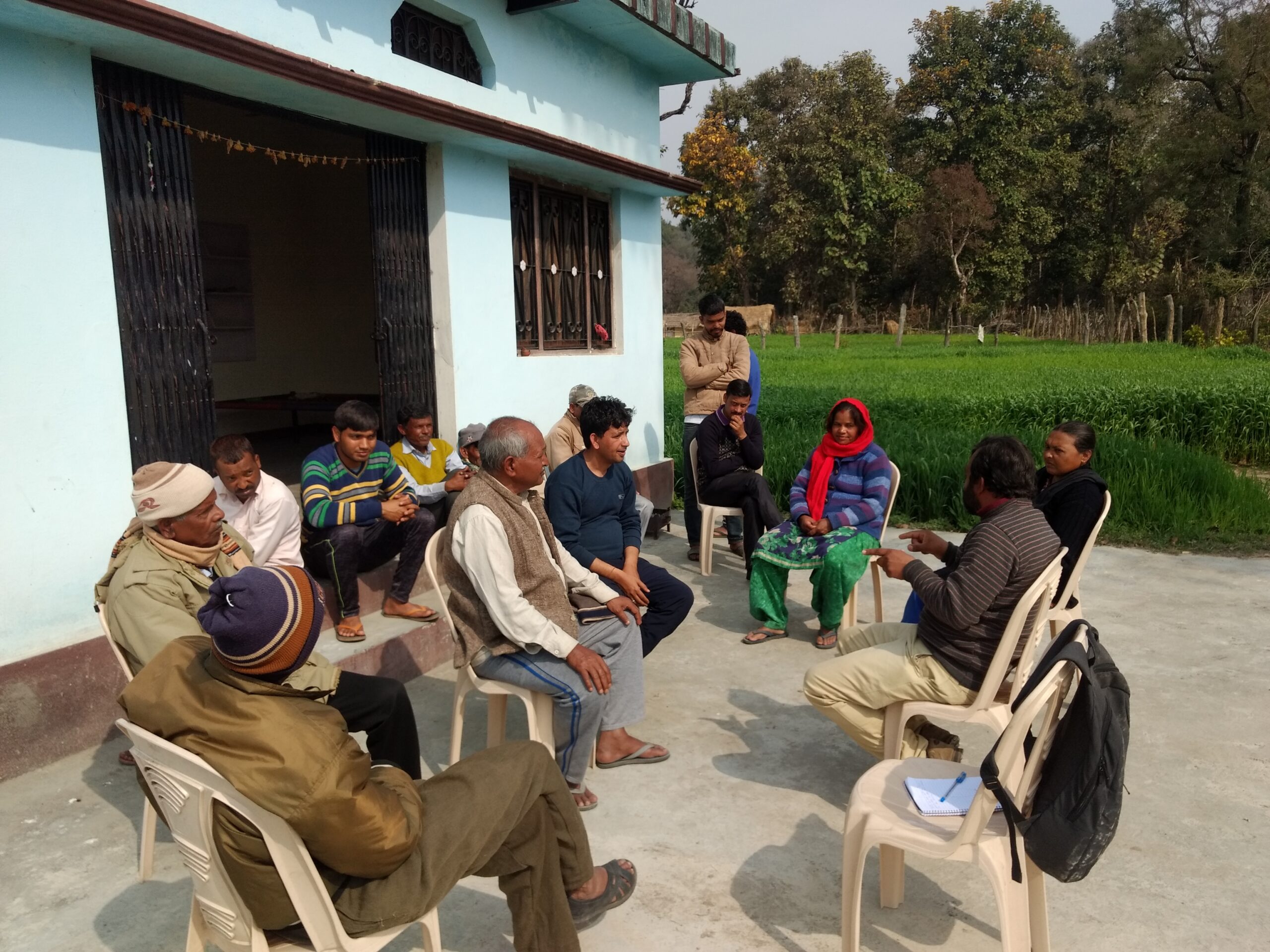
Corbett Tiger Reserve (CTR) holds an important place in the Protected Area debate in India, being India’s first National Park, established in 1935 and part of the 7 protected areas declared as Tiger Reserves under “Project Tiger’ in 1973. The 1288 sq. km area is home to not only a diversity of flora and fauna but also to different scheduled tribes and other traditional forest-dwelling communities.
While Kalpavriksh has been engaged in documentation and advocacy on Protected Area issues in the reserve, our active engagement in the landscape began in 2015 when the Forest Department razed down the houses of Van Gujjar families living in Tumadiya Khatta, a village in the buffer zone of the CTR. It was then Kalpavriksh, got involved in supporting the work being done by Van Panchayat Sangharsh Morcha towards helping the Van Gujjar community to resist various prejudiced interventions against them as implementation of the Scheduled Tribes and Other Traditional Forest Dwellers (Recognition of Forest Rights) Act 2006. Since then Kalpavriksh has been involved in a fact-finding study on forest land rights conflicts and sexual harassment of women in Khatima and on the implementation status of the Forest Rights Act in and around protected areas in Uttarakhand as part of the CFR-LA process in 2018-19, in collaboration with the local organizations, mainly the Van Panchayat Sangharsh Morcha.
We continue to be engaged in and around Corbett Tiger Reserve, Pawalgarh Conservation Reserve, Nandhaur Wildlife Sanctuary, and Rajaji Tiger Reserve mainly to understand this as a landscape, explore opportunities and constraints for inclusive conservation governance and management at the landscape level, and to support the local people and organizations in their endeavour to do so. This we do in many ways including through compiling dossier of relevant documents, developing timelines of relevant events, organizing training programmes and consultations when needed, carrying out relevant field studies when requested or needed, among others. Through this engagement we are continuing our effort to further understand and articulate the interaction between forest and wildlife conservation laws and policies -primarily the Wildlife Protection Act and Forest Rights Act- and the communities in the landscape.
Based on this current engagement and in collaboration with the Van Panchayat Sangharsha Morcha, a report is currently being finalized which will include, the process of declaration and management of the different protected areas, degree of involvement of communities in the management processes, impacts of such laws and policies on the communities and their access to forests and forest produce, the process of implementation of the forest rights act, the process of displacement of the local communities towards creating inviolate ones, local communities efforts at conservation and ecotourism and their aspirations towards claiming rights and developing conservation, management and livelihoods plans for their community forest resources using local traditional and external knowledge, and emerging models of community conservation and collaborative governance, among others.
RELEVANT LINKS:
